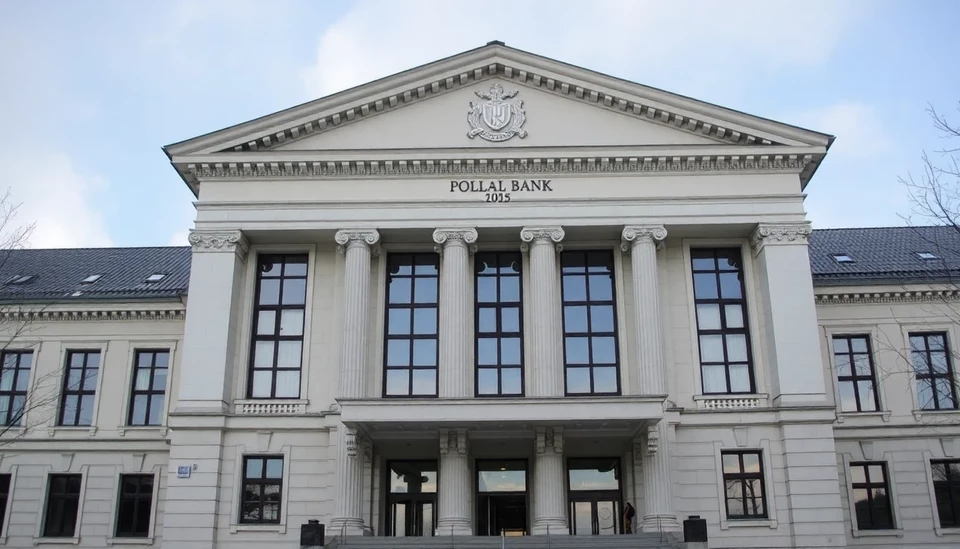
In a surprising move that challenges prevailing economic pressures, Poland's central bank has decided to keep its interest rates unchanged. This decision comes as various economic indicators point toward a need for monetary easing in the face of global economic uncertainties and domestic inflation challenges.
The decision was announced by the National Bank of Poland (NBP) during a meeting where policymakers evaluated the current landscape of the economy. After carefully considering the potential implications of lowering rates, the bank opted for a cautious approach, choosing to hold the benchmark interest rate at 6.75%. This marks a pivotal moment for Poland's monetary policy, as both domestic and international economists had largely anticipated a reduction following recent trends.
Inflation data has shown signs of both pressure and resilience, complicating the decision-making process for the central bank. On one hand, consumer prices have risen due to increased energy costs and supply chain disruptions, leading to a rise in the overall inflation rate. However, there are signals suggesting that inflation may be stabilizing, providing a counterpoint to the argument for a rate cut.
The central bank’s stance reflects a broader strategy aimed at maintaining financial stability while addressing the ongoing economic challenges. Analysts believe that the NBP is exercising caution, choosing to monitor the situation closely before making any adjustments that could impact borrowing costs and, consequently, consumer spending.
This decision to hold rates comes amid a backdrop of fiscal support measures enacted by the Polish government, aimed at bolstering economic growth. Policymakers are navigating a delicate balance between controlling inflation and supporting growth as the country grapples with headwinds from the global economy.
Despite some external pressure to stimulate the economy through a rate cut, the central bank emphasizes the importance of a data-driven approach, underscoring its commitment to achieving stability in the long run. The NBP's decision has sparked discussions among economists and market analysts, as the implications for credit, spending, and investment remain to be seen.
The response from various economic stakeholders has been mixed, with some welcoming the decision as prudent, while others express frustration over the missed opportunity to alleviate financial burdens on borrowers. The central bank's leadership, however, maintains that its primary goal is to ensure sustainable growth and avoid any potential overheating of the economy.
As markets react to this pivotal decision, all eyes will be on the upcoming economic indicators and inflation reports, which will provide further insight into the trajectory of Poland's economic health. The NBP's approach will remain under scrutiny as it strives to fulfill its dual mandate of price stability and economic growth.
Looking ahead, any signs of persistent inflation or economic sluggishness may prompt a reevaluation of this policy stance. Investors, businesses, and consumers are all keenly aware that the decisions made by the NBP will have lasting implications for the Polish economy as it seeks to weather the turbulent global landscape.
In summary, Poland's decision to hold interest rates steady is a significant marker of the nation's economic policy amid uncertain conditions, highlighting the complexities of monetary governance in a dynamic environment. As data continues to flow in, the National Bank will remain vigilant in its assessment of possible future actions.
#Poland #InterestRates #NationalBankofPoland #EconomicPolicy #Finance #Inflation #MonetaryPolicy #EconomicGrowth
Author: Daniel Foster




